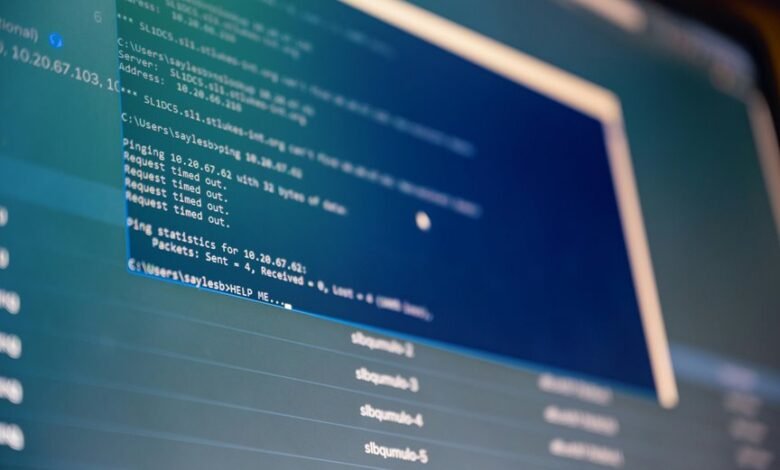Eyj0ijoimsisinyioiixiiwiasi6ikdlcje2ndc0mdq4mtuwmjiifq==: Analyzing the Code

The string “Eyj0ijoimsisinyioiixiiwiasi6ikdlcje2ndc0mdq4mtuwmjiifq==” exemplifies a Base64 encoded sequence. Such encodings convert binary data into a text format for easier transmission and storage. Understanding its structure and decoding methods is essential for accurate interpretation. Various tools exist for this task, yet the implications of misinterpretation can be significant. What insights might this particular string reveal once properly decoded?
Understanding the Structure of the String
The structure of a string can be viewed as a complex arrangement of characters that conveys information through specific sequences and formats.
String patterns emerge from the application of various encoding methods, allowing for efficient data representation.
Understanding these patterns is essential for deciphering the intended meaning, enabling flexibility and freedom in data manipulation while preserving the integrity of the original information conveyed.
Decoding Techniques and Tools
While various decoding techniques and tools exist, their effectiveness largely depends on the specific encoding method employed.
Base64 encoding, for example, requires specialized decoding algorithms to convert encoded strings back to their original form.
Additionally, data compression techniques can further complicate string manipulation, necessitating precise approaches for accurate data retrieval.
Thus, understanding the interplay between these elements is crucial for effective decoding.
Real-World Applications of Encoded Data
Encoded data finds numerous applications across various industries, showcasing its versatility beyond mere data storage and transmission.
In the realm of information security, encoded communication ensures data privacy by safeguarding sensitive information from unauthorized access.
Furthermore, digital signatures leverage encoded data to verify authenticity and integrity, facilitating secure transactions and fostering trust in digital interactions, thereby enhancing overall cybersecurity measures.
Conclusion
In the realm of data encoding, the string “eyj0ijoimsisinyioiixiiwiasi6ikdlcje2ndc0mdq4mtuwmjiifq==” serves as a cryptic puzzle waiting to be unraveled. By employing precise decoding techniques, one transforms this abstract cipher into meaningful information, akin to revealing a hidden message in an ancient scroll. Mastery of such encoding methods not only safeguards data integrity but also enhances communication, weaving a tapestry of clarity from the intricate threads of binary language.




